Vulvar infection in patient with acute myeloid leukemia
Peer-Reviewed
This vulvar infection rarely is seen but presents an intriguing case.
Presentation
A 55-year-old woman presented to her hematologist/oncologist 56 days after a bone marrow transplant for acute myeloid leukemia (AML).
The patient was immunosuppressed with methotrexate and tacrolimus to prevent graft versus host disease (GVHD).
She complained of poor appetite, weight loss, and diarrhea. She was found to have elevated liver function tests and bilirubin and hospitalized for evaluation, which included esophagogastroduodenoscopy (EGD) and flexible sigmoidoscopy.
The patient was diagnosed with GVHD of the colon and started on intravenous (IV) steroids for the treatment of acute GVHD. Chest x-ray was concerning for pneumonia. She was started on piperacillin/tazobactam. She was found to have cytomegalovirus viremia and was started on ganciclovir.
Two weeks after admission, the patient developed vulvar pain. Vulvar examination showed small ulcerations measuring 3 mm in the largest diameter.
One day later, the lesions enlarged to 1 to 3 cm, with subepithelial hemorrhage on the labia majora and labia minora (Figure 1). The patient’s vulva was exquisitely tender. Her feet contained large bullae. Figure 2 shows a ruptured bulla in the medial aspect.
Figure 1: Subepithelial hemorrhage involving the labia minora and majora and ulceration on inner thigh
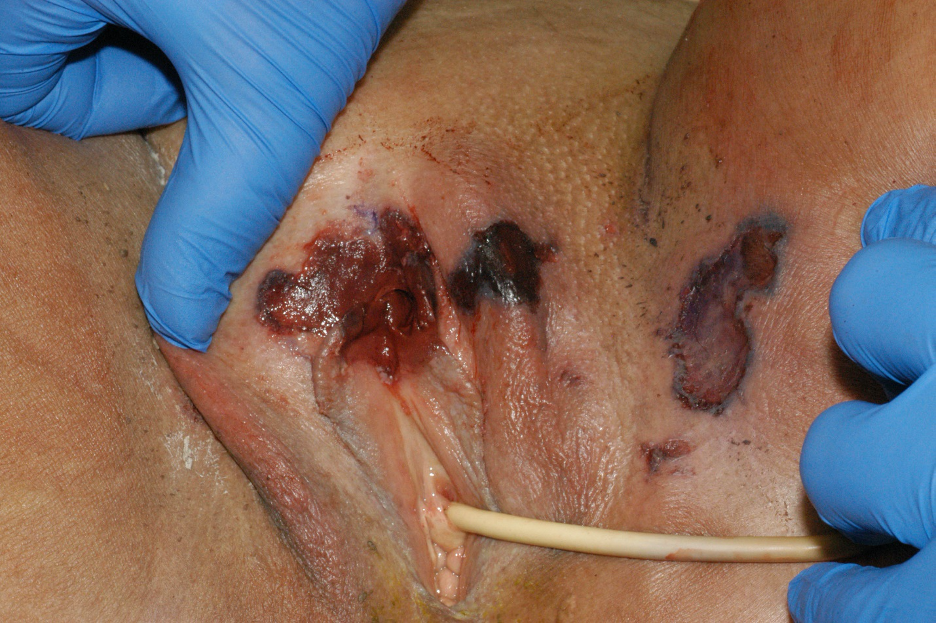
Figure 2: Bulla on the dorsum of the left foot
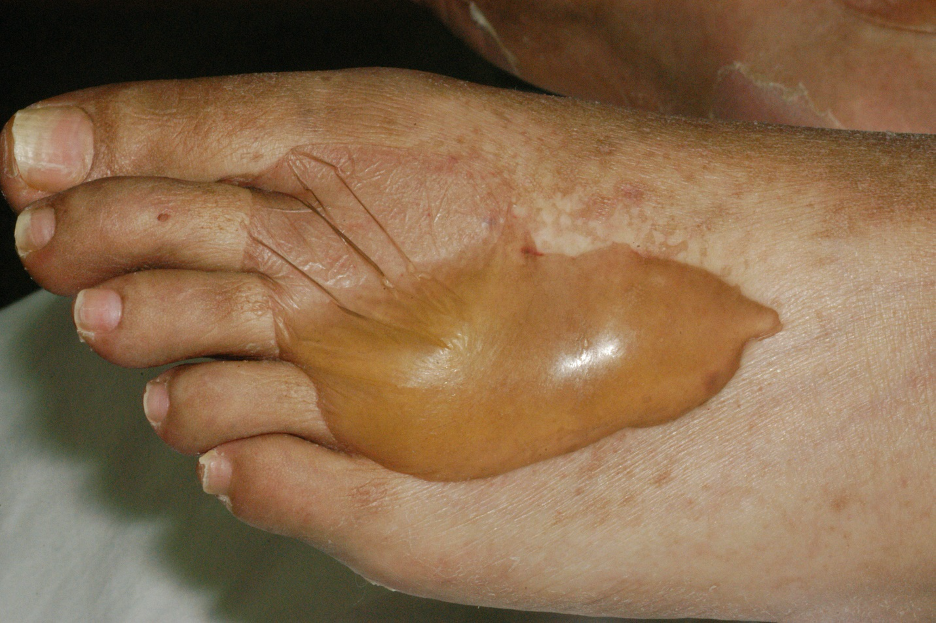
The patient was afebrile, with normal vital signs. Laboratory investigation revealed a normal white blood cell count. She was anemic (hemoglobin 8.8 g/dL) and thrombocytopenic with a platelet count of 20 K/µL, secondary to previous bone marrow transplant.
Diagnosis
A yeast culture and aerobic culture were obtained. A punch biopsy of the vulva was performed for histologic evaluation and tissue culture. Two days later, the yeast culture grew Rhizopus.
The organism also was identified on pathology staining from the patient’s punch biopsy, which showed abundant fungal elements morphologically consistent with Rhizopus infection (Figure 3).
Figure 3: Rhizopus fungal elements seen on staining of pathology specimen
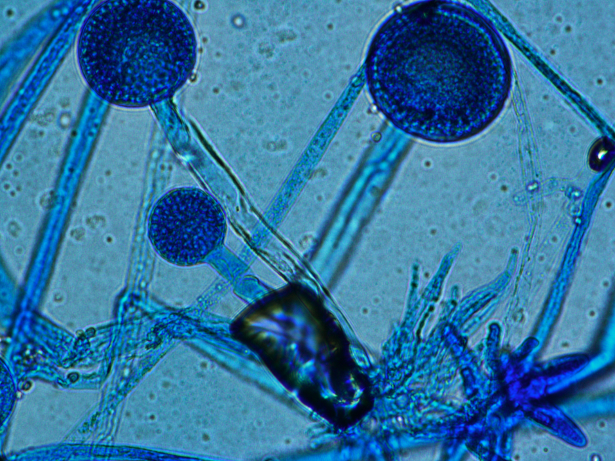
Management
The patient was placed on IV amphotericin B. Unfortunately, the appearance of her vulva worsened rapidly—becoming edematous, with subcutaneous hemorrhage progressing to necrotic tissue.
A decision was made to proceed to the operating room secondary to rapid deterioration. A partial vulvectomy was performed and the excision was carried down to the fascia to remove all of the necrotic tissue (Figure 4).
Figure 4: Partial vulvectomy with excision of multiple areas, including portions of the labia majora, labia minora, clitoris, and inner thighs
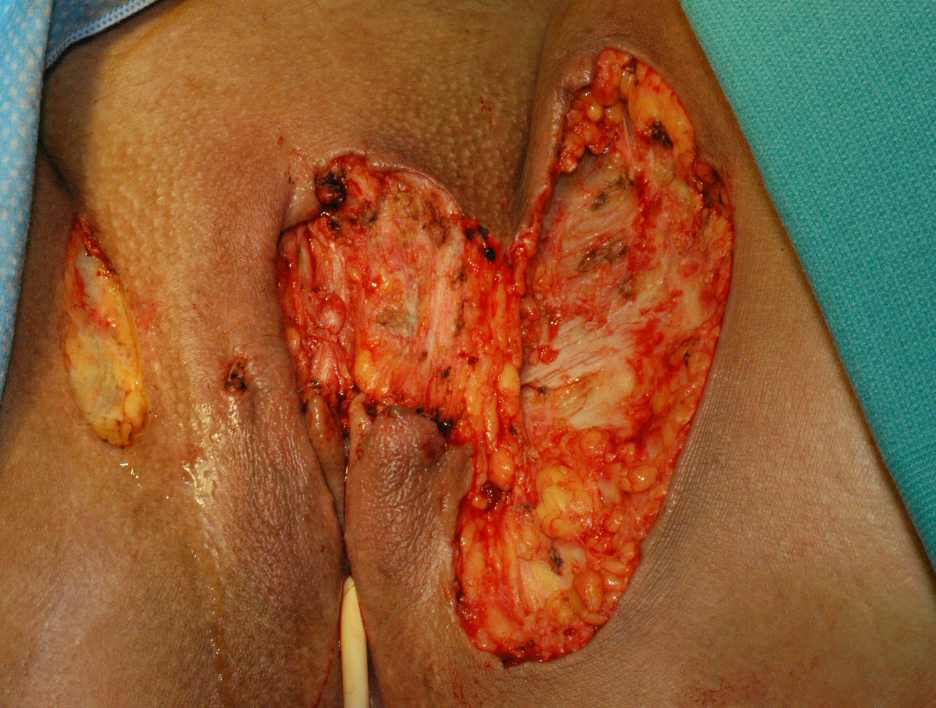
An adequate margin of normal tissue was taken to ensure that the area of disease was effectively debrided. Platelets were administrated intraoperatively for thrombocytopenia.
The patient’s estimated blood loss was 100 cc. Pathology revealed abundant fungal elements morphologically consistent with the previously cultured Rhizopus specimen.
Postoperatively, the patient’s dressing was changed twice a day with 4x4 gauze soaked with amphotericin B. Her wound was healing well.
However, on postoperative day 4, multiple new erythematous, tender lesions (similar in appearance to the initial vulvar lesions) were noted on the patient’s left upper extremity, left scapula, and bilateral lower extremities (Figure 5).
Figure 5: Painful erythematous lesion on the lower extremity
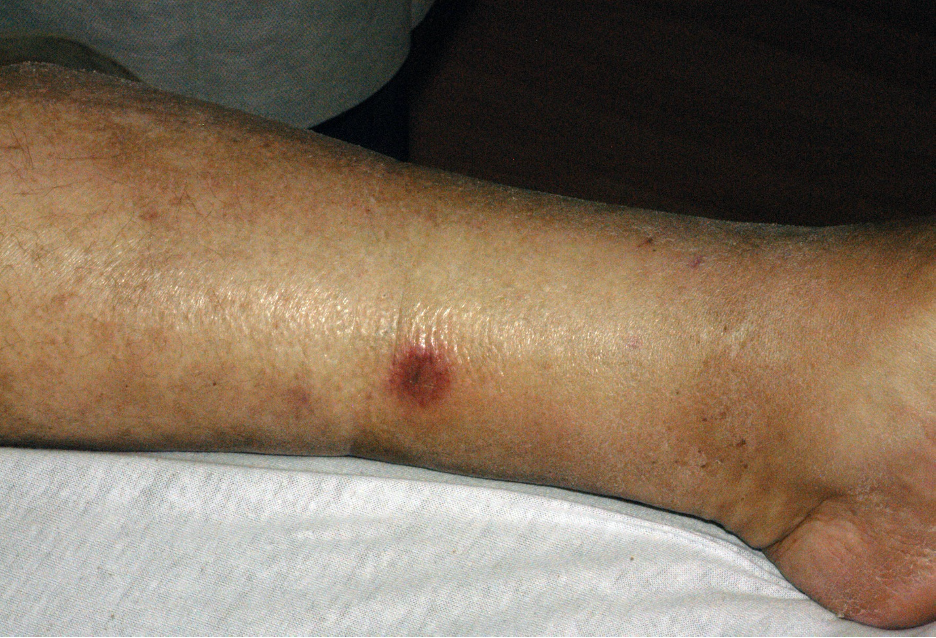
A punch biopsy of her leg lesions was consistent with a deep fungal infection morphologically consistent with Rhizopus.
A computed tomography scan indicated potential fungal infection in the kidneys and interval development of nodular opacities in the lungs. The dose of amphotericin B was increased to 10 mg/kg and micafungin was added secondary to the dissemination of Rhizopus, likely due to hematogenous seeding of the lesions.
The patient’s condition continued to deteriorate and she died 9 days after surgery.
Discussion
Rhizopus is the most common species of the order Mucorales.1 Mucormycosis occurs most often in immunocompromised patients, including individuals with hematological malignancies. It has also been associated with diabetes.1,2
Epidemiological studies suggest that the incidence of mucormycosis has significantly increased in the past 30 years.3,4 A high mortality rate is reported across studies, which may be secondary to a lack of antifungal agents with adequate activity against the class zygomycetes.
Vulvar mucormycosis is a rare entity; only three cases of Rhizopus infection on the vulva have been reported previously.5-7
Hematopoietic stem cell transplant recipients run a high risk of developing invasive fungal infections during the immediate post-transplant and the pre- and post-engraftment periods, as well as up to 3 months after transplantation.8
This was the case with our patient, who presented with Rhizopus infection of the vulva 56 days after a bone marrow transplant for AML. A review of 929 mucormycosis cases revealed skin as the third most common site infected, representing 19% of mucormycosis infections, whereas 39% were located in the sinuses and 24% in the lungs.1
Cutaneous mucormycosis typically results from direct spore inoculation or exposure of compromised skin (e.g., burns or trauma). Cutaneous mucormycosis can present as pustules, bullae, nodules, ulcers, necrotizing cellulitis, granulomatous pyoderma, bulls-eye cutaneous infarcts, and, rarely, zosteriform lesions.9
The hallmark of disease is tissue necrosis resulting from angioinvasion and subsequent thrombosis. Black necrotic eschars are common in affected tissues,10 which can extend into deep fascia and muscle layers. Necrotizing fasciitis has also been reported in association with this condition.11
A high index of suspicion is required for rapid and timely diagnosis of invasive mucormycosis.
Even if the cutaneous location observed upon mycological examination and/or pathologic analysis facilitates diagnosis, this rare condition is often not initially considered.12 Fungal growth alone is insufficient, as it may represent colonization or contamination; histopathological evidence of invasive disease is required.
Related: Test your knowledge of Rhizopus with this quick quiz.
So far, there has not been enough evidence that identification of mucormycosis to the genus and/or species level helps guide antifungal treatment.13 Rapid and exact diagnosis by both morphology and molecular techniques is crucial for starting early treatment of fungal infection.14
Invasive disseminated Rhizopus infections develop in around 25% of patients who present with localized infection.1 Although hematogenous dissemination to the skin is rare, cutaneous infections are often complicated by deep extension or dissemination by secondary vascular invasion.15
In a review by Roden et al., 78 of 176 cases (44%) of cutaneous mucormycosis showed extension to bone, tendon, or muscle—or even hematogenous dissemination.1
Dissemination of infection resulted in an increase in overall mortality that approached 90%, compared to approximately 30% in localized cutaneous mucormycosis.1 Due to the invasive aspect of the infection and the potential for disseminated disease, imaging should be performed promptly to detect other possible sites of infection independent of the initial location.16
In our case, the later involvement of lung and kidneys classifies it as a case of disseminated infection.
The European Society for Clinical Microbiology and Infectious Diseases and the European Confederation of Medical Mycology have released comprehensive guidelines for the management of mucormycosis.14
Whenever possible, early and aggressive surgical debridement is strongly recommended to be combined with immediate first-line antifungal treatment, because the procedure yields greater than a 1.5-fold increase in survival rates.17
The rapid reversal of predisposing conditions, such as using granulocyte colony-stimulating factor in patients with ongoing neutropenia, controlling hyperglycemia and ketoacidosis in diabetic patients, and limiting glucocorticosteroids to the minimum dose required, may be useful.14
This is an aggressive infection that targets and destroys local vasculature, preventing the delivery of systemic antimicrobial/antifungal therapy.18
If treatment is delayed, proliferation and dissemination of angioinvasive Mucorales will result in thrombotic necrosis of tissues, thus limiting adequate delivery of antifungal agents to the sites of infection.19 This is especially true when the infected cutaneous site is highly vascularized, such as the vulva.15,20
Multiple procedures may be necessary, and the need for skin grafting or other wound closure techniques should be individualized.21
Zimmermann et al. presented a case of mucormycosis of decubitus ulcers, which demonstrated that intraoperative analysis of frozen section slides was a valuable tool for assessing skin and soft tissue margins for fungal infection (68.4 % sensitivity and 100% specificity).22
However, in our case, surgical debridement in addition to amphotericin B resulted in local improvement, but the patient died 9 days after her surgery due to her underlying disseminated Rhizopus infection.
Amphotericin B is clinically effective for treatment of these infections, with response rates of 39% to 71%.23 However, the potential for long-term nephrotoxicity remains a concern.
The current guidelines from the European Conference on Infections in Leukemia state that first-line treatment should be initiated with lipid formulations of amphotericin B.
The recommended dose is 5 mg/kg/day for patients without central nervous system (CNS) involvement and 10 mg/kg/day for patients with CNS involvement, for at least 6 to 8 weeks.13 The optimal dose or duration of therapy remains debatable in the absence of prospective comparative studies. It can be continued for weeks until a positive clinical outcome and/or negative mycological culture results occur.20,23
There is also some evidence to suggest that posaconazole and isavuconazole are best reserved for de-escalation, refractory cases, or patients intolerant to amphotericin B.13,14,17 A combination of amphotericin B and echinocandins may be beneficial after failure of first-line treatment.23 Antifungal susceptibility testing is important in understanding susceptibility patterns, although most data come from morphologically identified isolates.24
The prognosis of patients with mucormycosis is poor. Mortality rates up to 94% have been reported in patients with hematogenous dissemination.1 This underscores the importance of early aggressive therapy.4,19,24
In our patient, early dissemination was present, which significantly lowered the chance of survival.
__
Image credit: Courtesy of Dr. Hope Haefner
__
References
1.Roden MM, Zaoutis TE, Buchanan WL, et al. Epidemiology and outcome of zygomycosis: a review of 929 reported cases. Clin Infect Dis. 2005;41:634-53.
2. Non L, Sta Cruz JP, Tuazon S. Sudden death in a patient with bone marrow transplant by a fungus among us. BMJ Case Rep. 2014;2014.
3.Bitar D, Lortholary O, Le Strat Y, et al. Population-based analysis of invasive fungal infections, France, 2001-2010. Emerg Infect Dis. 2014;20:1149-55.
4.Jeong SJ, Lee JU, Song YG, Lee KH, Lee MJ. Delaying diagnostic procedure significantly increases mortality in patients with invasive mucormycosis. Mycoses. 2015;58:746-52.
5.Nomura J, Ruskin J, Sahebi F, Kogut N, Falk PM. Mucormycosis of the vulva following bone marrow transplantation. Bone Marrow Transplant 1997;19:859-60.
6.Colon M, Romaguera J, Mendez K, Vilchez D, Navas EJ, Perez J. Mucormycosis of the vulva in an immunocompromised pediatric patient. Bol Asoc Med PR. 2013;105:65-7.
7.Cheng W, Wang G, Yang M et al. Cutaneous mucormycosis in a patient with lupus nephritis: A case report and review of literature. Medicine (Baltimore). 2017;96:e8211.
8.Ye B, Yu D, Zhang X, et al. Disseminated Rhizopus microsporus infection following allogeneic hematopoietic stem cell transplantation in a child with severe aplastic anemia. Transpl Infect Dis. 2013;15:E216-23.
9.Verma R, Nair V, Vasudevan B, Vijendran P, Behera V, Neema S. Rare case of primary cutaneous mucormycosis of the hand caused by Rhizopus microsporus in an immunocompetent patient. Int J Dermatol. 2014;53:66-9.
10.Petrikkos G, Skiada A, Lortholary O, Roilides E, Walsh TJ, Kontoyiannis DP. Epidemiology and clinical manifestations of mucormycosis. Clin Infect Dis. 2012;54 Suppl 1:S23-34.
11.Shivananda P, Mahabala C, Kausalya S, Suchitra S, Anand KU. Cutaneous mucormycosis with necrotising fasciitis in a young immunocompetent individual. Trop Doct. 2011;41:183-4.
12.Sharma D, Dahal K, Pathak B, Dahal U. Case of early-disseminated Rhizopus microsporus var. microsporus mucormycosis in a renal transplant patient. Int Med Case Rep J. 2016;9:139-43.
13.Tissot F, Agrawal S, Pagano L, et al. ECIL-6 guidelines for the treatment of invasive candidiasis, aspergillosis and mucormycosis in leukemia and hematopoietic stem cell transplant patients. Haematologica. 2017;102:433-44.
14.Cornely OA, Arikan-Akdagli S, Dannaoui E, et al. ESCMID and ECMM joint clinical guidelines for the diagnosis and management of mucormycosis 2013. Clin Microbiol Infect. 2014;20 Suppl 3:5-26.
15.Spellberg B, Edwards J, Jr., Ibrahim A. Novel perspectives on mucormycosis: pathophysiology, presentation, and management. Clin Microbiol Rev. 2005;18:556-69.
16.Delie A, Vlummens P, Creytens D, Steel E. Cutaneous mucormycosis as result of insulin administration in an AML patient: Case report and review of the literature. Acta Clin Belg. 2017;72:352-6.
17.Riley TT, Muzny CA, Swiatlo E, Legendre DP. Breaking the mold: a review of mucormycosis and current pharmacological treatment options. Ann Pharmacother. 2016;50:747-57.
18.Zahoor BA, Piercey JE, Wall DR, Tetsworth KD. A surgical approach in the management of mucormycosis in a trauma patient. Ann Roy Coll Surg Engl. 2016;98:e173-e7.
19.Chamilos G, Lewis RE, Kontoyiannis DP. Delaying amphotericin B-based frontline therapy significantly increases mortality among patients with hematologic malignancy who have zygomycosis. Clin Infect Dis. 2008;47:503-9.
20.Greenberg RN, Scott LJ, Vaughn HH, Ribes JA. Zygomycosis (mucormycosis): emerging clinical importance and new treatments. Curr Opin Infect Dis. 2004;17:517-25.
21.Gardiner BJ, Simpson I, Khuu MH, Kidd SE, Lo CH, Jenkin GA. An unusual ulcer: A case of cutaneous mucormycosis caused by Rhizopus oryzae. Med Mycol Case Rep. 2015;7:8-11.
22.Zimmermann N, Hagen MC, Schrager JJ, Hebbeler-Clark RS, Masineni S. Utility of frozen section analysis for fungal organisms in soft tissue wound debridement margin determination. Diagn Pathol. 2015;10:188.
23.Skiada A, Lanternier F, Groll AH, et al. Diagnosis and treatment of mucormycosis in patients with hematological malignancies: guidelines from the 3rd European Conference on Infections in Leukemia (ECIL 3). Haematologica. 2013;98:492-504.
24.Guinea J, Escribano P, Vena A, et al. Increasing incidence of mucormycosis in a large Spanish hospital from 2007 to 2015: Epidemiology and microbiological characterization of the isolates. PloS One. 2017;12:e0179136.
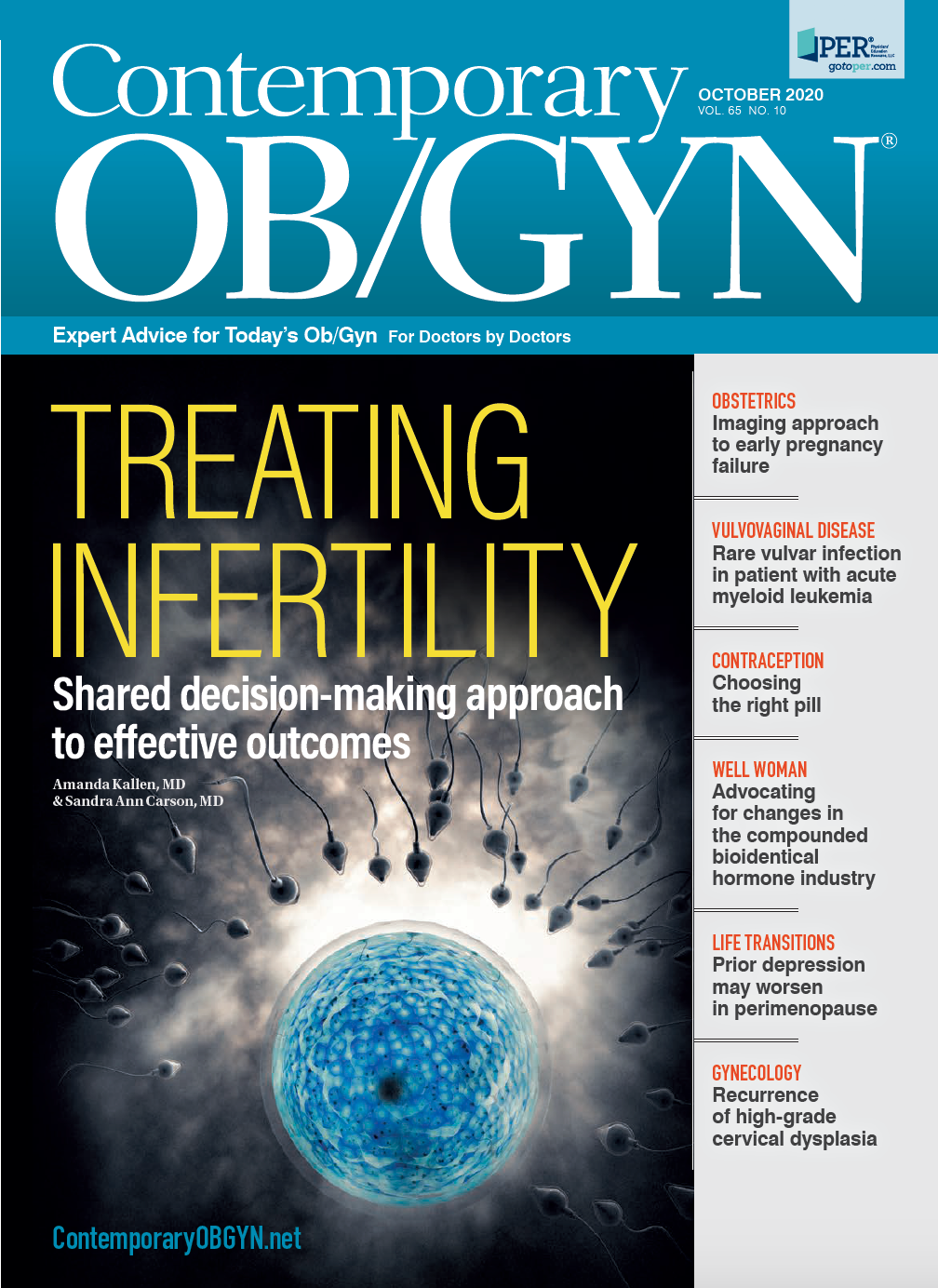
Current treatments for recurrent bacterial vaginosis leave many patients dissatisfied
February 28th 2025A new study presented at ISSWSH highlights patient dissatisfaction with current treatments for recurrent bacterial vaginosis, emphasizing the need for more effective therapies and improved provider communication.
Read More
